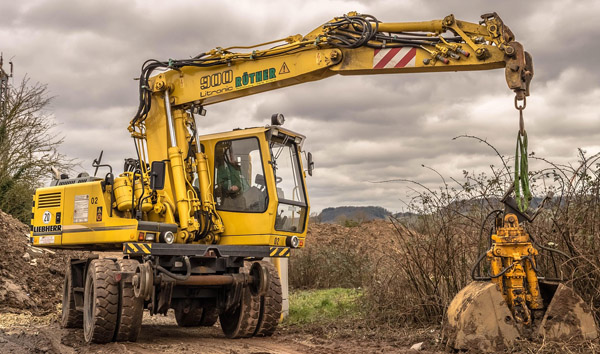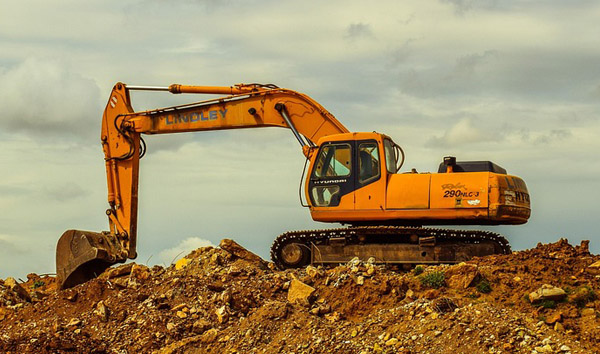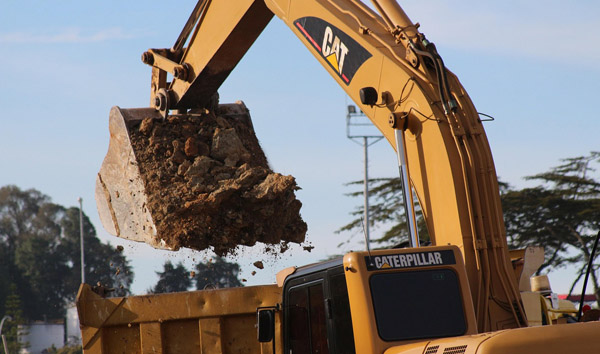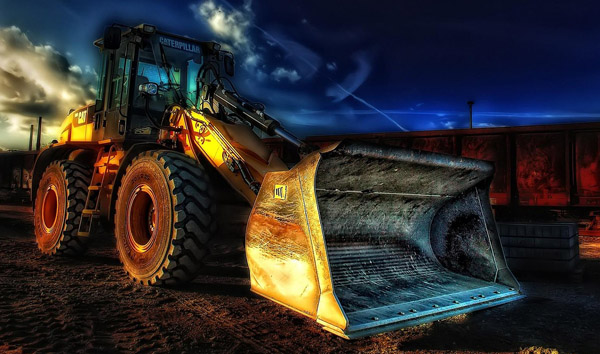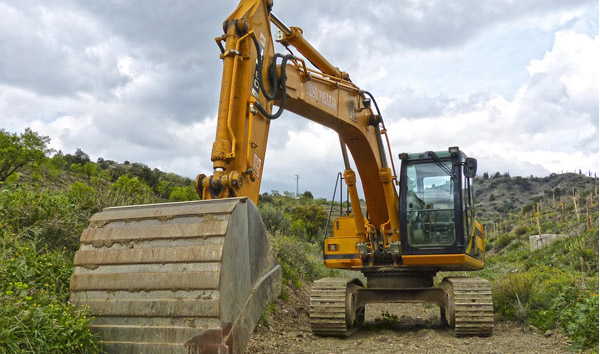Navigating the Complexities of All-Terrain Forklift Specifications
2025-08-05 04:40:31
All-terrain forklifts are engineered to handle rugged landscapes, making their specifications vastly different from conventional warehouse models. Key metrics include load capacity, which typically ranges from 5,000 to 12,000 lbs, depending on the model. Additionally, ground clearance—often exceeding 10 inches—ensures maneuverability over uneven terrain. Industry data from 2023 shows that 78% of all-terrain forklift buyers prioritize these two specifications when selecting equipment for demanding outdoor applications.
Another critical specification is tire type, with solid pneumatic or foam-filled tires being the industry standard for all-terrain forklifts. These tires provide puncture resistance and stability on rocky or muddy surfaces. According to a 2022 market analysis, foam-filled tires accounted for 62% of all-terrain forklift sales due to their durability. Engine power is equally important, with most models featuring diesel or hybrid engines delivering 50–100 HP to tackle steep inclines and heavy loads efficiently.
Hydraulic system performance is a defining factor in all-terrain forklift specifications. High-pressure hydraulic systems enable precise load handling, even in challenging conditions. A 2023 study by the Industrial Equipment Association found that models with 3,000+ PSI hydraulic systems reduced operational downtime by 22% compared to lower-pressure alternatives. Additionally, lift heights for all-terrain forklifts generally range from 15 to 25 feet, catering to industries like logging and large-scale material transport.
Operator safety features are non-negotiable in all-terrain forklift design. Rollover protection structures (ROPS) and falling object protective structures (FOPS) are mandatory in most regions. Recent OSHA reports indicate that forklifts equipped with these features saw a 35% reduction in workplace accidents. Furthermore, advanced models now incorporate telematics for real-time monitoring of fuel consumption, load distribution, and maintenance alerts, enhancing both safety and efficiency.
Finally, fuel efficiency and emissions compliance are increasingly vital in all-terrain forklift specifications. Tier 4 Final diesel engines dominate the market, reducing particulate emissions by up to 90% compared to older models. Electric all-terrain forklifts are also gaining traction, with a projected 18% annual growth rate through 2025. Whether powered by diesel, hybrid, or electric systems, these machines must balance power, endurance, and environmental responsibility to meet modern industry demands.




